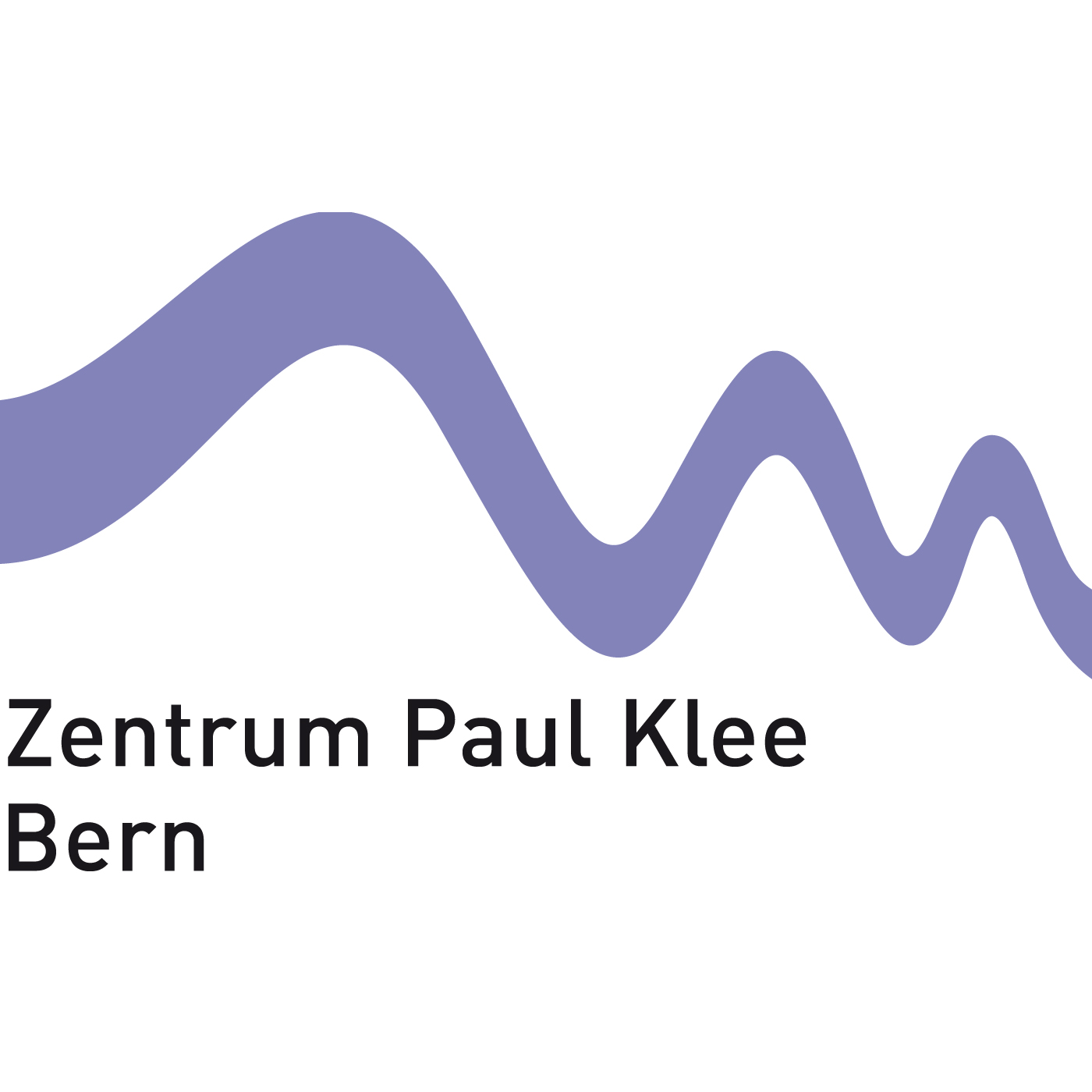Paul Klee - Landscape near E. (in Bavaria), 1921
Description
The E is interpreted partly as an abbreviation for the Bavarian town of Ebenhausen, but in Klee’s work such a pictorial element need not necessarily assume a particular meaning. By incorporating individual letters Klee complements his pictorial trove of motifs: arrows, crescent moons, individual wheels and hieroglyphics. In this way Klee was trying to prevent a single unambiguous interpretation of his work, and instead challenging the viewer with an openness and diversity of meanings.
More Episodes
At the time around 1919, after his experiences in the 1st World War and his first successes in the art market, Paul Klee took up the theme of personal awareness and self-reflection in numerous self-portraits. The best known of these is the pencil drawing «Absorbtion». Klee’s theme here was less...
Published 03/17/17
You would not want to meet Paul Klee’s "hungry girl" from 1939 in a dark alley at night. It shows a girl as a tooth-baring beast with glaring eyes. Nothing remains of a human being, let alone a sweet little girl. Its whole appearance is animal-like, even down to the little lines that Klee uses...
Published 03/17/17
The doll with purple ribbons appears strange. The androgynous mixed being seems to float in space as though directed by an invisible hand. For the first time in Klees work a humanlike figure is shown as a marionette, a motive which in his later work gained great importance. The doll behaves...
Published 03/17/17


